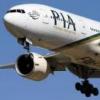
Sign in to follow this
Followers
0

Two Simple Questions about B747-428?
By
autopilot, in MS FSX | FSX-SE Forum


By
autopilot, in MS FSX | FSX-SE Forum